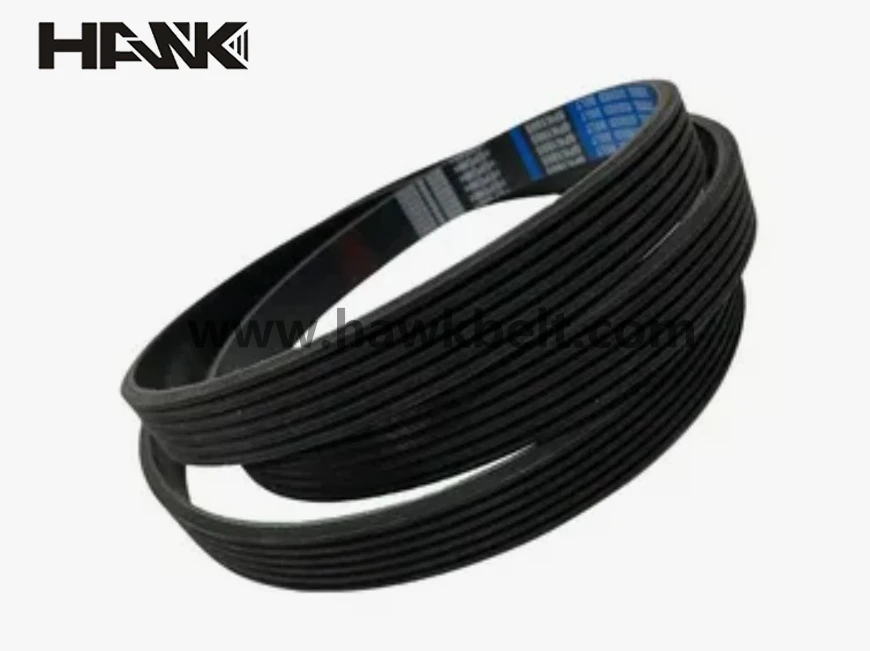- Arabic
- French
- Russian
- Spanish
- Portuguese
- Turkish
- Armenian
- English
- Albanian
- Amharic
- Azerbaijani
- Basque
- Belarusian
- Bengali
- Bosnian
- Bulgarian
- Catalan
- Cebuano
- Corsican
- Croatian
- Czech
- Danish
- Dutch
- Afrikaans
- Esperanto
- Estonian
- Finnish
- Frisian
- Galician
- Georgian
- German
- Greek
- Gujarati
- Haitian Creole
- hausa
- hawaiian
- Hebrew
- Hindi
- Miao
- Hungarian
- Icelandic
- igbo
- Indonesian
- irish
- Italian
- Japanese
- Javanese
- Kannada
- kazakh
- Khmer
- Rwandese
- Korean
- Kurdish
- Kyrgyz
- Lao
- Latin
- Latvian
- Lithuanian
- Luxembourgish
- Macedonian
- Malgashi
- Malay
- Malayalam
- Maltese
- Maori
- Marathi
- Mongolian
- Myanmar
- Nepali
- Norwegian
- Norwegian
- Occitan
- Pashto
- Persian
- Polish
- Punjabi
- Romanian
- Samoan
- Scottish Gaelic
- Serbian
- Sesotho
- Shona
- Sindhi
- Sinhala
- Slovak
- Slovenian
- Somali
- Sundanese
- Swahili
- Swedish
- Tagalog
- Tajik
- Tamil
- Tatar
- Telugu
- Thai
- Turkmen
- Ukrainian
- Urdu
- Uighur
- Uzbek
- Vietnamese
- Welsh
- Bantu
- Yiddish
- Yoruba
- Zulu
Dis . 04, 2024 20:46 Back to list
auto drive belt
Understanding the Auto Drive Belt Function, Types, and Maintenance
The auto drive belt, an essential component of many vehicles, plays a crucial role in the operation of various engine accessories. This versatile piece of rubber or composite material resembles a thick band that connects different parts of the engine. Its primary function is to transfer power from the engine's crankshaft to drive components such as the alternator, power steering pump, air conditioning compressor, and water pump. Without a functional drive belt, these critical systems would be unable to operate efficiently, resulting in a breakdown or decreased vehicle performance.
Types of Auto Drive Belts
There are mainly two types of drive belts used in vehicles serpentine belts and V-belts.
1. Serpentine Belts This modern type of belt is a single, continuous piece that winds around multiple pulleys, supporting all the engine accessories. Serpentine belts are favored for their efficiency and ease of replacement; they take up less space and require fewer components to increase reliability. When properly tensioned, these belts can last longer than traditional V-belts.
2. V-Belts These are the older, traditional style of drive belts. V-belts are typically used for individual engine accessories. They have a trapezoidal cross-section that helps them grip the pulleys efficiently. However, they tend to wear out faster than serpentine belts and require regular adjustments to maintain tension. Many vehicles have transitioned to serpentine belts due to their ease of use and enhanced durability.
The Importance of Drive Belt Health
Proper maintenance of the auto drive belt is crucial for a vehicle's operation. Over time, drive belts can experience wear and tear, including cracking, fraying, or glazing. Several factors can contribute to a drive belt's deterioration, including exposure to extreme temperatures and environmental conditions, improper tension, and lack of lubrication.
Regular inspections play a vital role in identifying potential issues before they lead to significant problems. Vehicle owners should familiarize themselves with their car's specifications, including the recommended inspection intervals for the drive belt. A visual check can often reveal signs of wear, such as dark lines, shiny spots, or visible cracks.
Signs of a Failing Drive Belt
auto drive belt

Knowing the symptoms of a failing drive belt can save drivers from unexpected breakdowns. Common warning signs include
- Squeaking or Chirping Noises These sounds often indicate that the belt is slipping or misaligned. - Poor Performance of Accessories If the alternator is not charging the battery properly, or if the power steering becomes difficult to operate, the drive belt may be failing. - Engine Overheating A damaged water pump can lead to engine overheating if the drive belt is not functioning correctly. - Visible Damage Any signs of cracks, frays, or excessive wear should prompt immediate attention.
Replacement and Maintenance Tips
When it comes to the replacement of drive belts, many vehicle manufacturers recommend replacing them every 60,000 to 100,000 miles. It's essential to follow the manufacturer's guidelines as they consider various factors, including the vehicle's make, model, and driving conditions.
DIY enthusiasts can undertake the replacement, provided they have the right tools and knowledge. However, if unsure, seeking help from a qualified mechanic is advisable. Additionally, ensure that proper tension is maintained after replacement, as this can significantly impact the lifetime of the belt.
To prolong the life of your auto drive belt, regular maintenance is key. This includes
- Regular Inspections Check for signs of wear, and replace belts as needed. - Tension Adjustments Ensure the belt is not too tight or too loose. - Replacements When Necessary Don’t wait for a failure; replace worn belts proactively.
Conclusion
The auto drive belt is a small yet vital component of any vehicle. By understanding its function, types, maintenance needs, and the signs of potential failure, drivers can ensure their vehicles operate smoothly and reliably. Regular checks and timely replacements will lead to enhanced performance, longevity, and an overall safer driving experience.
-
Korean Auto Parts Timing Belt 24312-37500 For Hyundai/Kia
NewsMar.07,2025
-
7PK2300 90916-T2024 RIBBED BELT POLY V BELT PK BELT
NewsMar.07,2025
-
Chinese Auto Belt Factory 310-2M-22 For BMW/Mercedes-Benz
NewsMar.07,2025
-
Chinese Auto Belt Factory 310-2M-22 For BMW/Mercedes-Benz
NewsMar.07,2025
-
90916-02660 PK Belt 6PK1680 For Toyota
NewsMar.07,2025
-
drive belt serpentine belt
NewsMar.07,2025

